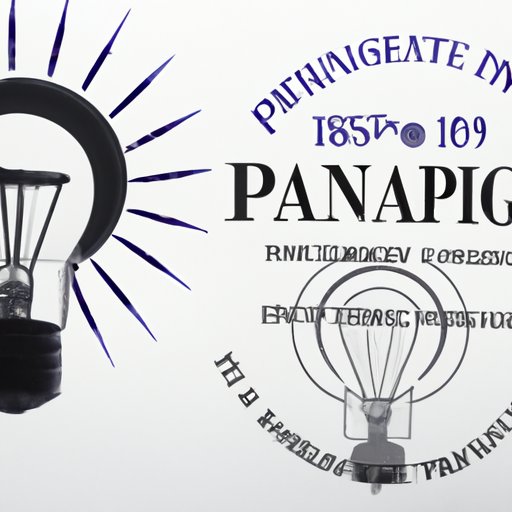Introduction
Inventing something new is exciting, but protecting that invention is essential. One way to protect an invention is by getting it patented. A patent is a legal document granted by the United States Patent and Trademark Office (USPTO) that grants exclusive rights to the inventor or assignee of an invention in exchange for public disclosure of the invention. Obtaining a patent can be a complex process, but with the right information and guidance, inventors can successfully navigate the patenting system.

Research and Preparation for Patent Application
The first step in the patenting process is conducting research to determine what type of patent is needed. The three types of patents are utility, design, and plant patents. Utility patents provide the broadest protection and cover inventions such as machines, processes, and compositions of matter. Design patents cover ornamental designs of tangible objects, while plant patents cover asexually reproducible plants. Once the type of patent is determined, inventors should conduct market research to determine if their invention is already in use or has been previously patented. They should also search the USPTO database for existing patents to ensure that their invention does not infringe on any existing patents.
After completing the necessary research, inventors should begin drafting their patent application. This process can be highly technical and requires a thorough understanding of patent law. Inventors should include detailed descriptions of their invention, drawings, and claims. Claims are the legal language used to define the scope of protection granted by the patent. Inventors may wish to hire a patent attorney or agent to assist them with this process.

Submitting a Patent Application to the USPTO
Once the patent application is completed, inventors must submit it to the USPTO. The USPTO requires certain filing requirements to be met, including a cover sheet, specification, drawings, and claims. Applicants must also pay the appropriate filing fee. Fees vary depending on the type of patent being sought and the size of the applicant’s business. Inventors can file the application themselves or hire a registered patent attorney or agent to file on their behalf.

Cost of Obtaining a Patent
Obtaining a patent can be costly. In addition to the USPTO filing fees, inventors must also factor in attorney/agent fees. Patent attorneys and agents typically charge hourly rates, so the cost of obtaining a patent will depend on the complexity of the application and the amount of work required. Inventors should also plan for maintenance fees, which are due 3 ½, 7 ½, and 11 ½ years after the patent is issued.
Benefits of Hiring a Patent Attorney or Agent
Though it may initially be more expensive to hire a patent attorney or agent, the long-term benefits often outweigh the short-term costs. A patent attorney or agent can provide invaluable assistance throughout the entire patenting process. They have an in-depth knowledge of patent law and can help inventors avoid common pitfalls. They are also experienced in preparing patent applications, representing clients before the USPTO, and helping to enforce patent rights.
Protecting an Invention During the Patenting Process
Inventors should take steps to protect their invention even before they apply for a patent. Non-disclosure agreements (NDAs) can be used to protect confidential information and prevent others from stealing the invention. Inventors should also keep their invention confidential until the patent is granted. Finally, inventors should mark their invention with the word “Patent Pending” once the application has been filed with the USPTO.
Conclusion
Obtaining a patent for an invention is a lengthy process, but with the right information and guidance, inventors can successfully navigate the patenting system. Inventors should start by researching the type of patent needed and conducting market and patent research. They should then draft the patent application and submit it to the USPTO, taking into account filing requirements and associated fees. Inventors should be aware of the cost of obtaining a patent and consider the benefits of hiring a patent attorney or agent. Finally, they should take steps to protect their invention during the patenting process.
For more information on the patenting process, visit the USPTO website at https://www.uspto.gov/.
(Note: Is this article not meeting your expectations? Do you have knowledge or insights to share? Unlock new opportunities and expand your reach by joining our authors team. Click Registration to join us and share your expertise with our readers.)
